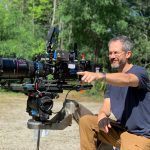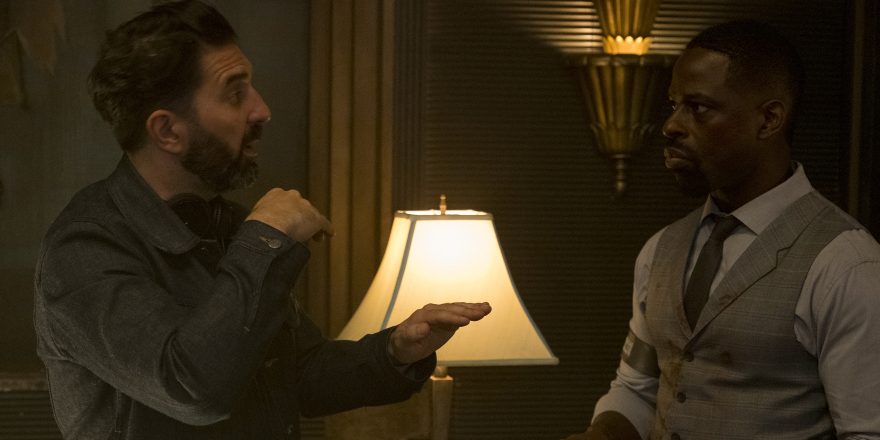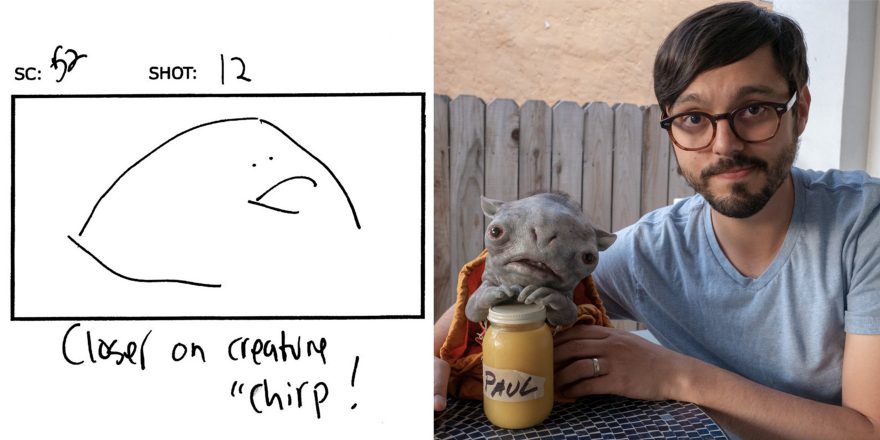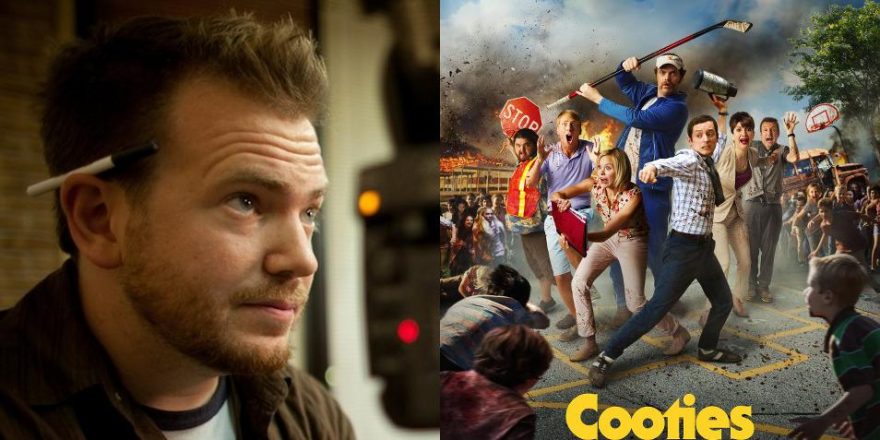When I think of my favorite films, they all have one thing in common – an insert shot showing a unique detail that stays with me for years later. All the masters – Tarantino, the Coen Brothers, Fincher, Spielberg, Edgar Wright, Lynne Ramsay, etc. – use them to punctuate and emphasize scenes. They are an important part of the filmmaking toolkit. Planning to film these shots is the easy part, but actually getting them is tough. When actors are the highest paid people on set, their time is the priority, not getting a macro shot of a spoon.
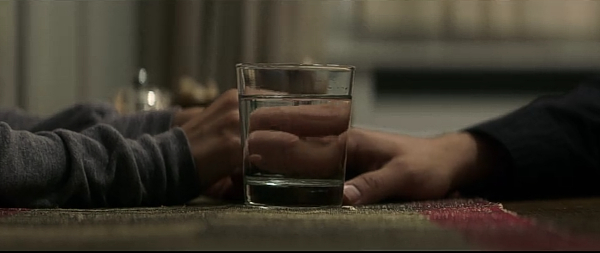
One of my favorite examples in recent films is a shot from Annihilation, directed by Alex Garland, which shows the main characters’ hands warped and refracted by a glass of water. Garland reveals layers of subtext, themes, and character by focusing on this utterly banal everyday object. There is no CG trickery, no award-winning performances or terrifying sci-fi imagery, it’s just a glass of water bending light like we’ve all seen a million times. The entire movie is filled with unique and unforgettable images, like plants taking the form of people, a zombie bear, and an albino alligator, to name a few, but the image that sticks in my mind is that glass of water with fingers bending and twisting reality.
Filmmaking is time-consuming and expensive, so time management is an absolute necessity when directing. This is where clarity of vision and compromise come face to face. The battle between the amount of days allocated for shooting and my intentions as a filmmaker comes down to what I want to prioritize in the story, and how I can make that happen in the time available. This seems simple, but the first casualty is one of my favorite aspects – and arguably one of the most memorable and important – of movies: the details. Ultimately, I have to continually remind myself to fight for those details, even in overtime on a 14-hour day at the end of the exhausting third week of shooting.
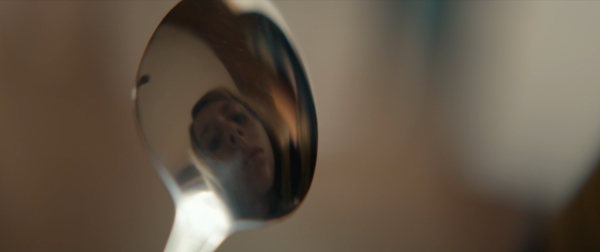
On the 18th day of our 25 days filming my and Cary Murnion’s new ultra-violent revenge thriller, Becky, the schedule was set to tackle a simple three-and-a-half pages of the script. Even though the scenes were emotional, and vital for establishing the characters, the number of shots seemed manageable. My goal as a director was to visually enhance the tension and show the divide between Jeff (Joel McHale) and his daughter Becky (Lulu Wilson). We’d keep Joel and Lulu in single shots and the only potential difficulty would be my version of the glass-of-water shot from Annihilation where I’d shoot Jeff and Becky in their side rearview mirrors. These shots are easy to conceptualize and storyboard, but much more challenging in reality, as they require a camera to be placed in the precise spot to show the characters sitting in the car while their reflections are framed by the mirrors and the background whizzes past. Even with the latest digital film cameras, rigging and safety requirements are necessary, and that takes time.

The day got off to a rough start when the trailer that was being used to pull the picture car wasn’t working. As this was an indie film, instead of a process trailer we had a U-Haul tow dolly, as it was cheaper. The way I direct is always to stay calm, as opposed to freaking the fuck out over serious setbacks, so there’s an ongoing internal battle to avoid constantly screaming in anger and panic. There are so many decisions that I as a director need to oversee, and in this case I was mostly frustrated at myself for not realizing my decision to use an improvised vehicle rig might be problematic. While the gaffer and grip worked to fix the issue, I noticed that the two giant dogs who were meant be sitting placidly in the back of the car were anything but calm. The animal trainers, wedged under the car seats, were struggling to separate them. They informed me that the female was in heat and the male was losing his mind. Dogs having sex was not on the schedule.
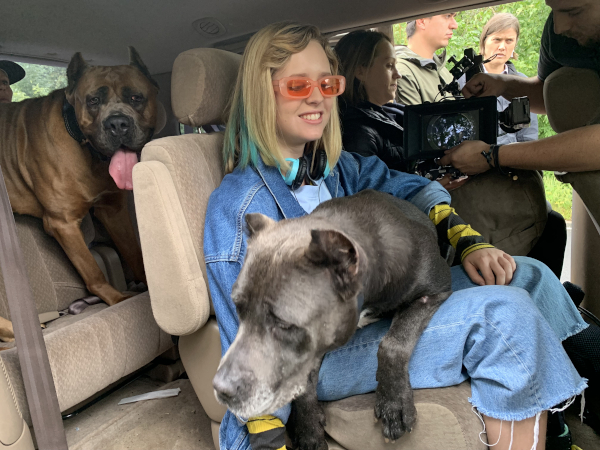
After a few false starts, we needed to back the tow truck and picture car out of a tiny gate. Someone forgot to measure the opening, so the camera that was attached to the side of the car almost got ripped off. The clock kept ticking, and our precisely planned schedule was obliterated before we’d even recorded one shot. I pushed the team to solve this next problem while trying to keep the actors, who were sitting in the car with psychotically horny dogs, relaxed and ready to go. We started filming and captured some close-ups and medium shots of Joel McHale’s performance, at which point it started to rain.
We tried to keep filming, but the raindrops were showing up on the windshield and windows, so we stopped. My growing frustration wasn’t directed toward anyone, but even though my eye was twitching, I had to continue to joke and keep the vibe on set playful and hopeful. The last thing I wanted was to make the actors concerned. After a while, the rain actually stopped, so we started up again, but not before the assistant director said, “Start thinking of shots you can cut.” That usually means we have to lose all the cool inserts I had planned. But before I could think of which shots to kill, McHale started yelling, “Cut!” Actors rarely call cut, but the camera was falling off the side of the car after hitting a crippling pothole. We pulled over and fixed it, because losing a few hundred thousand dollars’ worth of equipment was also not part of the plan.
As if we weren’t far enough behind schedule, next we had light problems. The rainy, cloudy weather had gone, now replaced by direct harsh sunlight. Don’t forget the dogs having sex on camera all day. Lulu, at the time only 13 years old, remained professional and proved both her acting talent and focus, never letting the animal chaos distract her. She did insist on actually eating the gummy worms that her character chomped on during the scenes, rather than spitting them into a bucket. Even through her brilliant acting, it became clear that she was getting nauseous, so I pushed her to spit the gummies out between takes. After everything we’d been through that day, I didn’t want to lose our star to regurgitated gummies and I definitely didn’t want to see what hours of half-digested candy looked like all over the picture car (even though Joel McHale most likely would have cracked a hilarious joke about it). After we’d been driving in circles for hours, the sun started to go down.
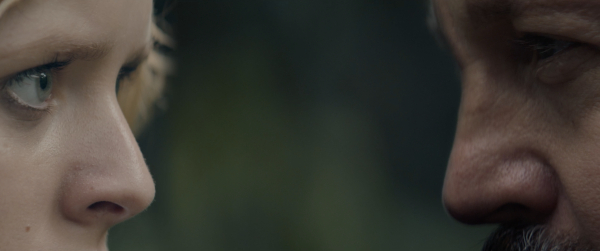
With that, I missed the chance to film the rearview mirror shots. Would anybody notice or care? Probably not. Did I sacrifice my perfect vision of how this scene should play out? Definitely. The most important part, though, was capturing enough footage and getting the best performances possible. The performances are what make the film succeed or fail, especially in the more dramatic scenes, so I stand by the decisions we made. In another scene, though, I was also able to incorporate a non-traditional cinematography technique I had originally observed in the French film Let the Corpses Tan, which utilized a camera tracking back and forth between two people having a conversation, shot in profile. At the climax, the two opposing characters are composited together in the same frame as if they are nose to nose, even though they are actually very far apart, a strong visual way to show they are on a collision course.
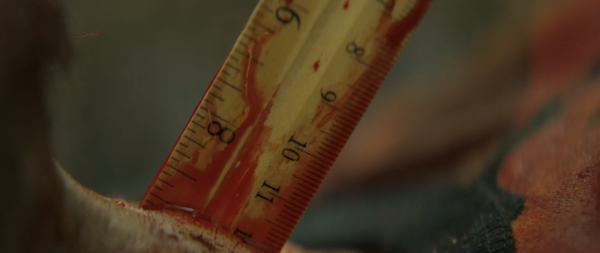
The car scene was just one day of production and a few minutes of footage, but the battle to sustain one’s vision and keep a film on track starts well before the first day of preproduction and doesn’t end till the last poster is finished. Over the course of the production, the balance of priorities shifts constantly but incorporating fresh techniques garnered from obscure French films, silencing the entire cast and crew while a macro lens focuses on a reflection in a spinning spoon, or showing how far into a bad guy’s neck a broken ruler is going by framing up the inch marks sinking deeper and deeper makes for memorable moments in movies. Every one of those decisions is a detail in its own right and they all add up, from an insert shot to every other tiny piece of the larger puzzle. Every detail is worth the battle.



